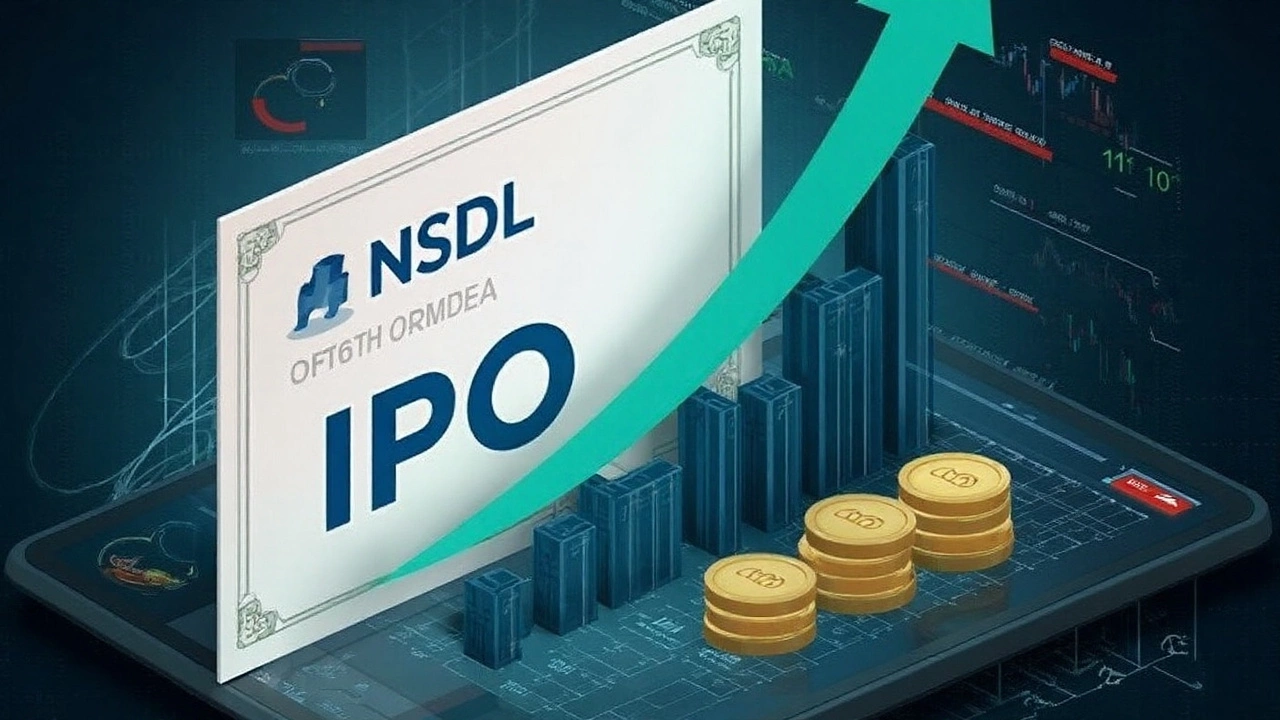Demat Accounts: What They Are and Why You Need One
If you want to buy or sell shares, you’ll need a demat account. Think of it as a digital locker for your stocks, bonds, and other securities. Without it, you can’t hold anything electronically, and you’ll miss out on fast, hassle‑free trading.
Most Indian investors start with a demat account because the stock market works on an electronic settlement system. It removes the old paper‑based paperwork, cuts down on fraud, and lets you see your portfolio instantly on any device.
How to Open a Demat Account in Simple Steps
Opening a demat account is easier than you might think. Here’s a quick checklist:
1. Pick a broker – Choose a reliable brokerage that offers low fees, a good app, and solid customer support. Popular names include Zerodha, Upstox, and Angel One.
2. Gather documents – You’ll need your PAN card, Aadhaar, bank statement, and a recent passport‑size photo. Some brokers also ask for income proof.
3. Fill the online form – Most brokers let you complete the KYC process on their website or mobile app. Upload the scanned copies of your documents and verify your email and phone number.
4. Sign an agreement – This is a standard contract that outlines your rights and responsibilities. Read it carefully; it’s usually a few pages.
5. Link your bank account – Your demat account must be linked to a bank for fund transfers. The broker will guide you through the linking process.
Once everything is verified (it may take a day or two), you’ll receive a unique DP ID and client ID. Those IDs are your account’s identity in the market.
Making the Most of Your Demat Account
After you’re set up, start using your demat account wisely. Here are some practical tips:
Track holdings regularly – Log in to your broker’s portal daily or weekly. Spotting changes early helps you decide when to buy or sell.
Use a diversified portfolio – Don’t put all your money into one stock. Mix large‑cap, mid‑cap, and maybe some bonds or ETFs to spread risk.
Keep an eye on fees – Some brokers charge annual maintenance fees or transaction fees. Choose a plan that matches your trading frequency.
Stay safe – Never share your DP ID, password, or OTP with anyone. Enable two‑factor authentication if your broker offers it.
Explore additional services – Many brokers provide research reports, trading tools, and even margin facilities. Use them if they add value to your strategy.
Remember, a demat account is just a tool. Your success still depends on how well you understand the market and manage your money. Take time to learn basic stock analysis, follow reliable news sources, and avoid chasing hype.
Got questions about which broker to pick or how to transfer securities from an old account? Most broker websites have live chat or phone support ready to help. Don’t hesitate to ask—they’re there to make the process smoother for you.
In short, a demat account unlocks the world of online investing. Open one, keep it secure, and use it to build a portfolio that works for your goals.

NSDL's IPO created a market buzz as shares listed at ₹880, rising to ₹920—matching the high grey market premium and reflecting strong demand. With its huge market share in demat accounts, experts suggest investors hold for the long term but book some profits. The IPO’s robust subscription highlights confidence in India's capital markets.
